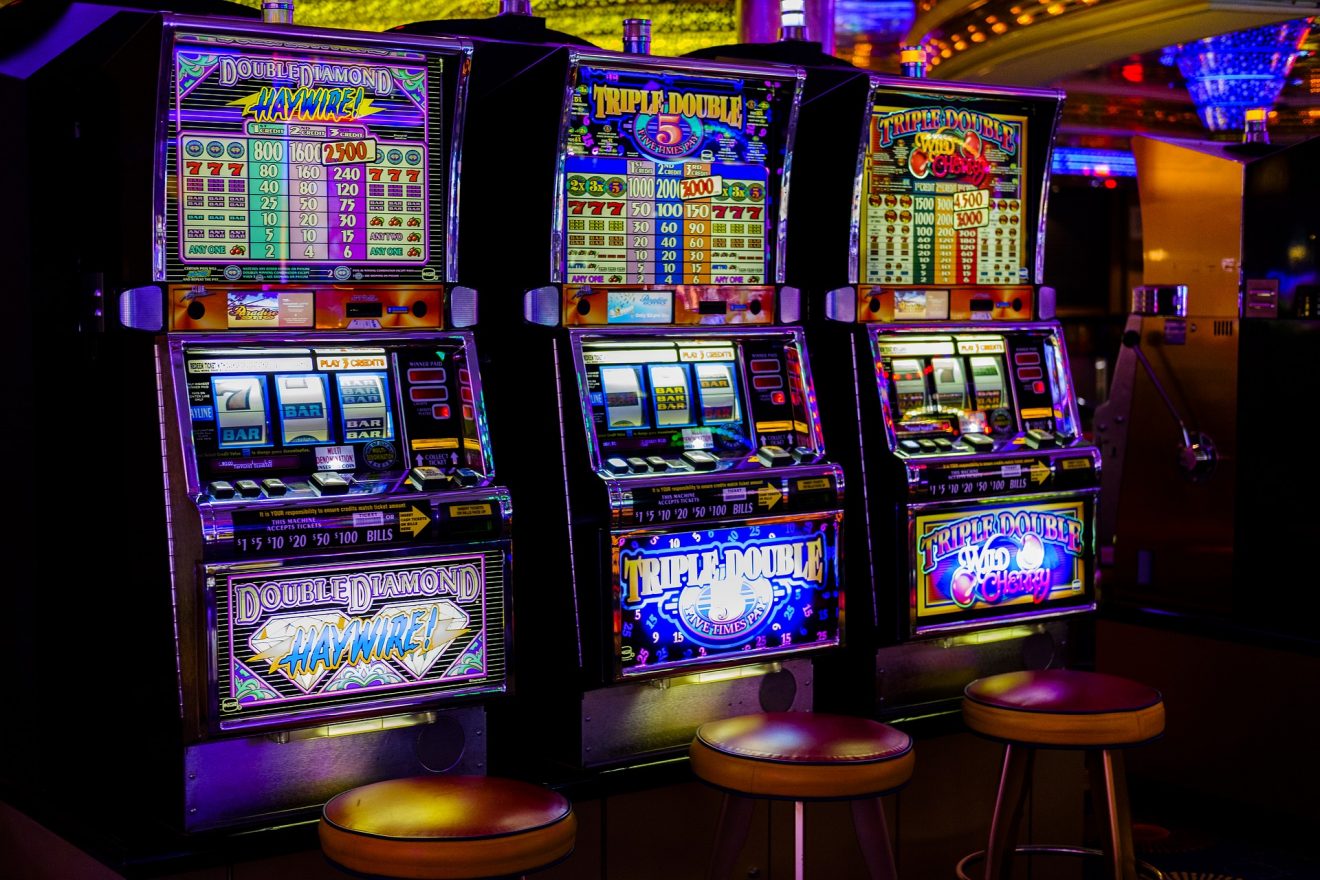
In the shadows of the shimmering illuminations plus the alluring noises of rotating reels lies an dynamic world in which creativity meets numbers: the creation of casino games. As players converge to gaming establishments seeking thrills and the possibility of winning big, a huge amount of work takes form behind closed doors to create the games for their enjoyment. From the initial concept to the final product that players engage with, numerous elements are brought together to ensure a captivating gaming experience.
Creators, engineers, plus game creators collaborate to combine cutting-edge technology with enthralling gameplay mechanics. Every aspect, from visuals plus audio elements to odds plus returns, is meticulously designed to draw in players plus keep them entertained. Understanding this complex process of how casino games are made reveals not only the technical skills required but also the creative vision that transforms these engaging experiences to life.
Casino Game Development Workflow
The design workflow begins with idea generation and conceptualization, where creators develop ideas for innovative casino games. This initial phase often includes identifying potential audiences and understanding market trends. Designers take into account factors like game mechanics, themes, and payout structures to create an engaging experience. Collaboration between game designers, mathematicians, and artists is essential to ensure a well-rounded concept.
Once a design is selected, the next stage involves prototyping and testing. Designers build a functional version of the game to assess its playability and mechanics. This facilitates adjustments and refinements based on feedback from testers. Reiteration is key, as designers may go through multiple rounds of testing to fine-tune gameplay balance and user experience. This phase is essential for spotting any potential issues before the game goes into production.
After testing, the game moves into development and production. This comprises the technical aspects of coding the game software, integrating graphics, and ensuring compliance with gaming regulations. Quality assurance testing verifies that the game functions flawlessly across various platforms and devices. Once everything is refined, the game is prepared for launch, usually accompanied by marketing strategies to draw in players and generate buzz around the new casino offering.
Tech and Advancement
The evolution of casino games has transformed significantly with advancements in tech. Modern game design often includes high-quality graphics, immersive sound effects, and interactive animations that provide a thrilling experience for players. Game developers use advanced software tools and programming languages to create these immersive gaming experiences. Additionally, the use of RNGs ensures equity and unpredictability in outcomes, which is crucial for maintaining player trust and compliance with gaming regulations.
In the past few years, the surge of online casinos has expanded the limits of game development even further. Developers are now able to create games that appeal to a worldwide audience, incorporating features such as live dealers and VR environments. This shift has encouraged new ideas, leading to novel game mechanics and formats that enhance player engagement. Gaming on mobile devices has also become a significant focus, prompting developers to tailor games for smartphones and tablets, ensuring availability and ease of access for players on the go.
Collaboration among creators, artists, and mathematicians is essential in the creation process. Each team contributes their expertise to ensure games are not only visually appealing but also mathematically sound and enjoyable. The integration of player feedback during testing phases allows developers to enhance game features and functionalities, ultimately leading to a positive launch. https://8kbet8.app/ As technology continues to advance, the potential for innovative game concepts and experiences is limitless, promising an thrilling future for casino games.
Testing and Quality Control
Once a gambling game has been designed, it moves into the critical phase of evaluation and quality control. This phase ensures that the game operates perfectly and provides a fair experience for users. Teams conduct thorough tests, including functionality checks to confirm that all game features work as expected. Each component, from graphics to audio, is assessed to ensure quality benchmarks are met.
In addition to functionality testing, the game undergoes rigorous compliance checks to meet regulatory requirements. Various jurisdictions have specific rules governing game fairness and player protection. Quality assurance teams will check that the random number generators are operating correctly and that the game’s payout percentages match with industry standards. This thorough examination helps establish trust with users and oversight bodies alike.
Finally, user testing may be conducted with real players to obtain opinions on user experience. This critical insight allows developers to execute necessary adjustments before the public launch. Resolving any likely issues identified during this phase helps ensure that users will enjoy a fluent, engaging experience when the game goes live. The commitment to quality reflects the sector’s dedication to delivering entertaining and trustworthy casino games.